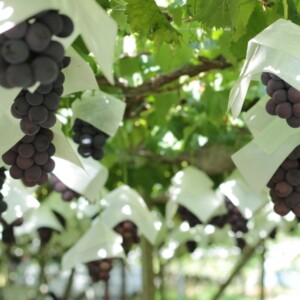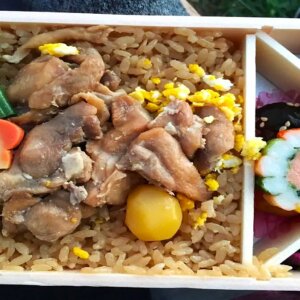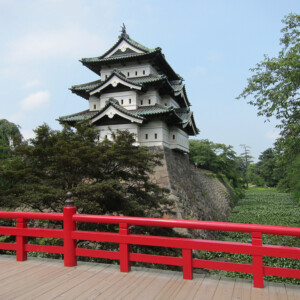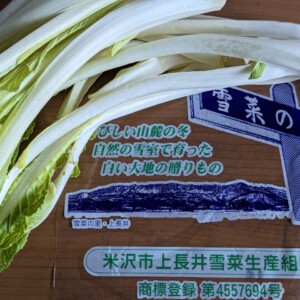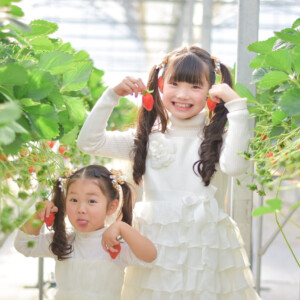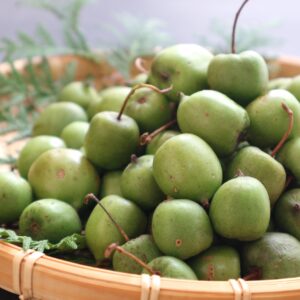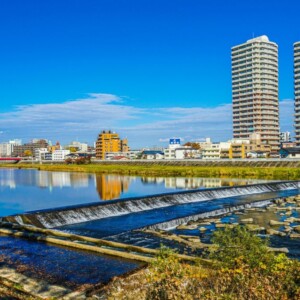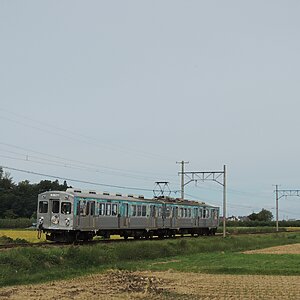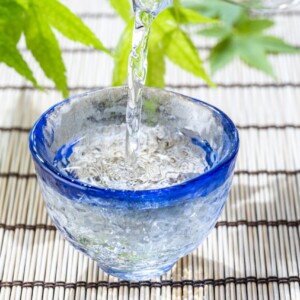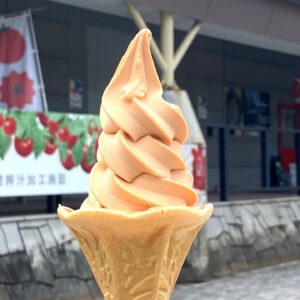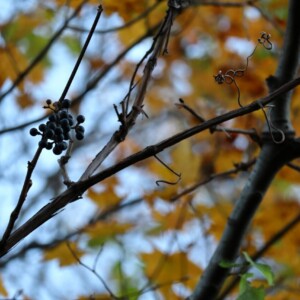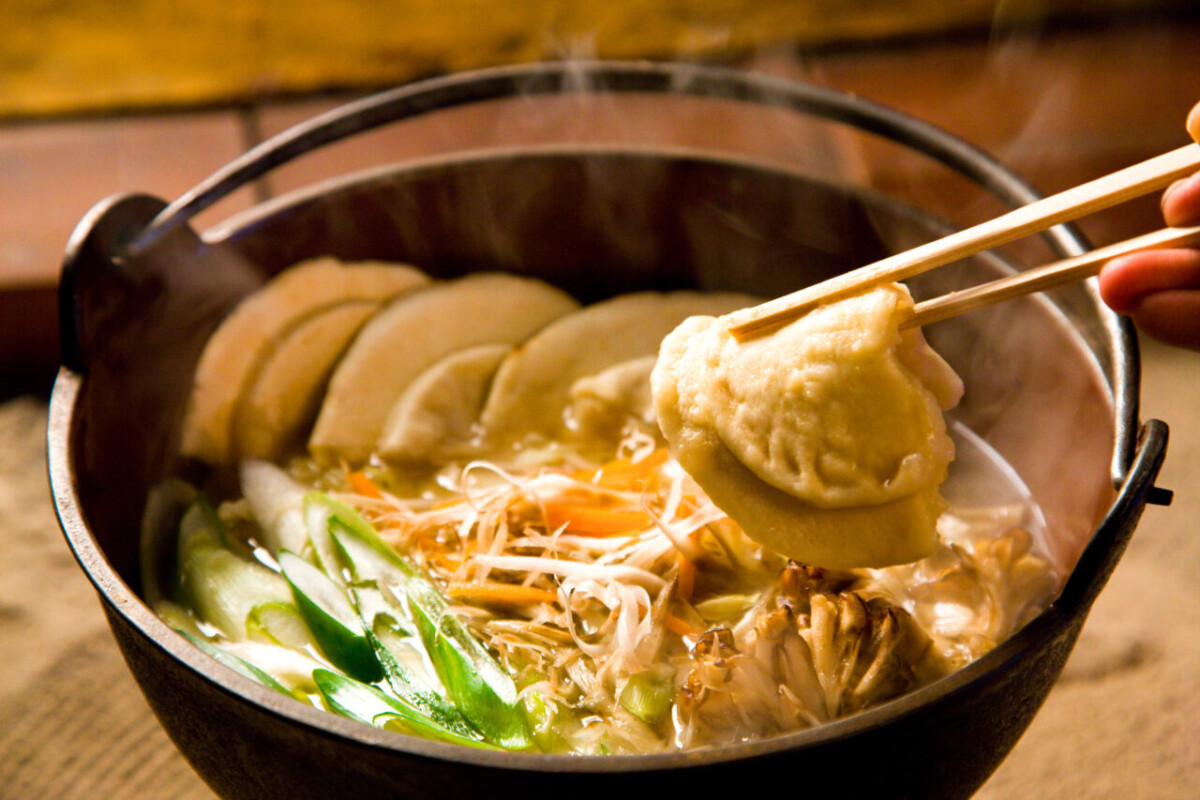
[Aomori Prefecture] From grain-based Edo culture to original cuisine! Hachinohe rice cracker soup, a local gourmet dish born in Aomori
table of contents
Aomori Prefecture, the northernmost prefecture of Honshu, has a variety of local gourmet foods that regularly rank high in the B-1 Grand Prix, a B-class local gourmet festival.
Among them, "Hachinohe Senbeijiru" is especially recommended.
Here, I would like to introduce Hachinohe Senbei Soup, which is one of the most recommended gourmet foods in Aomori Prefecture.
What is Hachinohe rice cracker soup?
Because Tohoku has long been a region with severe cold, its food culture evolved independently, but in the latter half of the Edo period, Edo culture centered on grains began to take hold.
Hachinohe senbei soup is a local dish made by adding meat, fish, mushrooms, seasonal ingredients, etc., and simmering ``Nanbu Senbei'' in soup stock.
By the way, Nanbu Senbei is a rice cracker that is loved in a wide area from Aomori Prefecture to Iwate Prefecture and the Tohoku region.
There is a theory that it was originally made as an emergency food during the Edo period when the Hachinohe clan in this area was ruled by the Nambu clan, and others say that it dates back even further.
When Emperor Nagayoshi of the Southern Court during the Muromachi and Nanbokucho periods visited this area, he had trouble finding food.
The theory is that Akamatsu Sukezaemon, a vassal at that time, obtained buckwheat flour and sesame seeds from a nearby farmer and baked them using his own iron helmet as a pot, which is said to be the origin of ``Nanbu Senbei.''
It is said that Emperor Chokei liked the taste so much that he often had Mr. Akamatsu make it.
The rice crackers were allowed to be branded with the Akamatsu clan's family crest, ``Sankaimatsu,'' and the southern court's Masashige Kusunoki family crest, ``Kikusui.''
How to cook Nanbu rice crackers
Current Nanbu rice crackers are engraved with the branding irons of ``Sankaimatsu'' and ``Kikusui,'' supporting this theory.
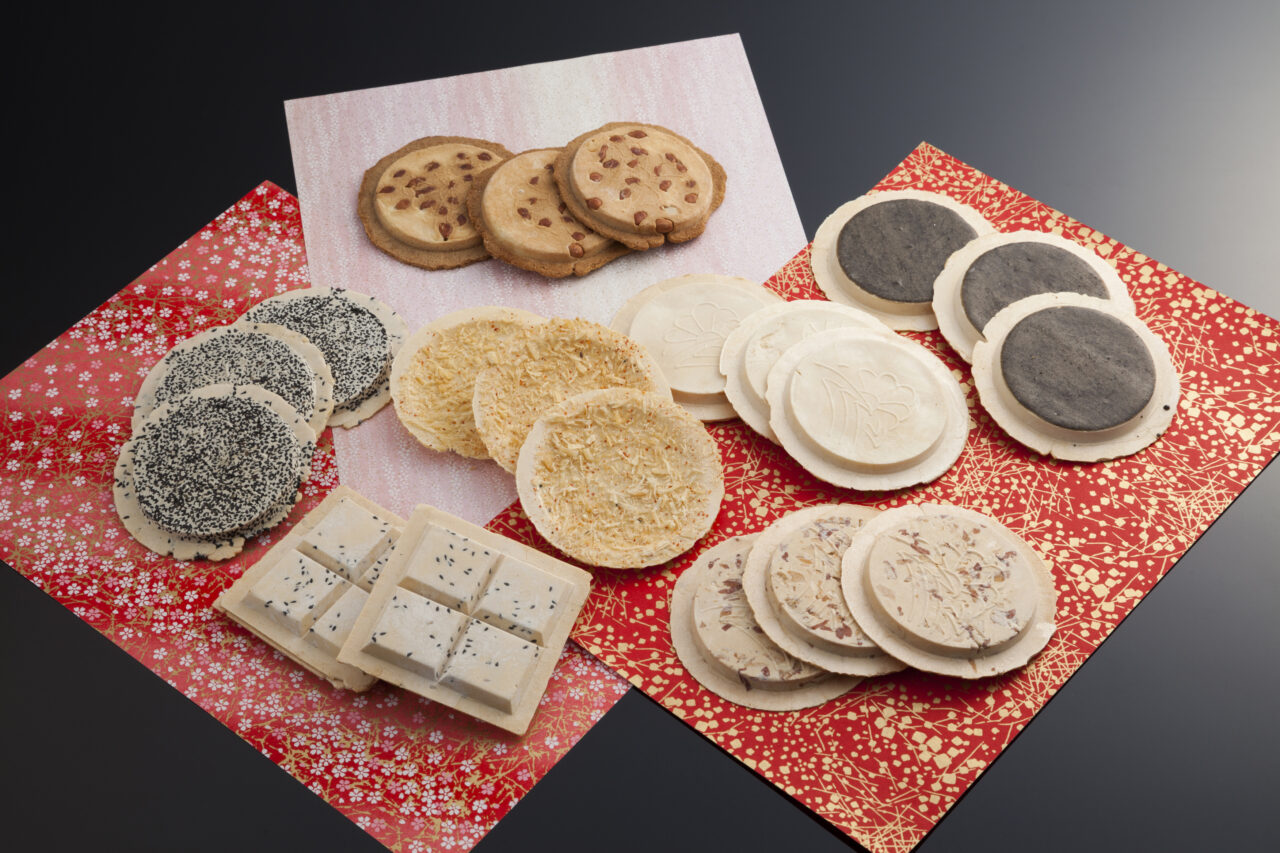
Nanbu senbei is simply made by kneading flour with water, placing it in a circular cylinder, and baking it.
This creates a hard edge called the ``ear'' on the edge of the rice cracker.
As you can see from the fact that it was used as an emergency food, it has a long shelf life and has a long shelf life.
The ones that are still baked are called ``white senbei'' and are the classic Nanbu senbei, but recently they have been made with a variety of flavors such as sesame, walnut, peanut, squid, pumpkin, apple, and cocoa. are on sale, and each one is popular.
In addition to being eaten as is, there are also types that can be eaten with sekihan or starch syrup, or added to rice cracker soup.
Spread of Hachinohe rice cracker soup
Hachinohe Senbei Soup became famous nationwide, and this was due to the establishment of the Hachinohe Senbei Soup Research Institute, an organization made up of ordinary citizens.
This organization, which was established in 2003, planned the ``B⁻1 Grand Prix'', a festival of B-class local gourmet foods, in 2006, and through this festival, it quickly gained recognition.
This began in 2002 when various initiatives were undertaken in conjunction with the opening of Hachinohe Station on the Tohoku Shinkansen.
Even now, the ``Hachinohe Senbei Soup Research Institute'' continues to promote Hachinohe Senbei Soup.
It has consistently ranked high in the B-1 Grand Prix, and its popularity ignited when it finally won the Gold Grand Prix at the 7th Kitakyushu Tournament in 2012.
As more and more tourists visit, the number of restaurants that serve Hachinohe Senbei Soup has increased, and now you can enjoy Hachinohe Senbei Soup at over 200 stores in Hachinohe City alone.
summary
Even in Aomori Prefecture, where there are many local gourmet foods such as Towada barayaki and miso curry milk ramen, Hachinohe senbei soup is especially popular.
Definitely give it a try if you're in the area.
INFORMATION
- Hachinohe Senbei Soup Research Institute https://www.senbei-jiru.com/



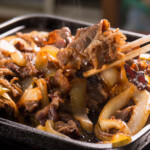
![What is Towada Barayaki? Introducing shops and recipes that originated in the restaurant [Aomori Prefecture] 4069_Towada Barayaki](https://jp.neft.asia/wp-content/uploads/2024/11/9be017962aa719de0ed887f8bff2c0d4-150x150.jpg)
![[Akita] Full of attractive food and sightseeing! Yokote & Yuzawa area Inaniwa udon](https://jp.neft.asia/wp-content/uploads/2016/10/稲庭うどん_02-150x150.jpg)
![Make fried tofu bowl at home! [Miyagi Prefecture] Delicious B-grade gourmet food originating from the country Fried wheat bowl](https://jp.neft.asia/wp-content/uploads/2017/05/3316483_m-150x150.jpg)
![What is B-grade gourmet food "Namie Yakisoba"? A local flavor full of strength [Fukushima Prefecture] 22261235_m](https://jp.neft.asia/wp-content/uploads/2022/03/22261235_m-1-150x150.jpg)
![[Shimokita Peninsula, Aomori Prefecture] Geopark Shimokita Peninsula. A rich hot spring springs from the northernmost peninsula of Honshu 24734759_m](https://jp.neft.asia/wp-content/uploads/2023/02/24734759_m-150x150.jpg)
![The mysterious world of the Shimokita Peninsula of Geopark: "The northern limit of monkeys on Osoreyama and Butsugaura" [Aomori Prefecture] 25110883_m](https://jp.neft.asia/wp-content/uploads/2022/11/25110883_m-150x150.jpg)
![The gorgeous "Noheji Gion Festival" and Kitamae Ship port call "Noheji" [Aomori Prefecture] 4031_Noheji Gion Festival](https://jp.neft.asia/wp-content/uploads/2023/03/27d8816076df6701eb2d6ec6c91e5169-150x150.jpg)
